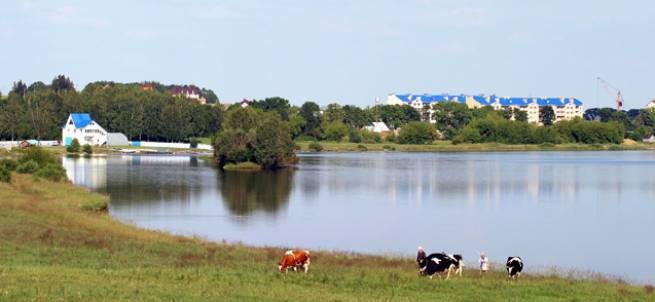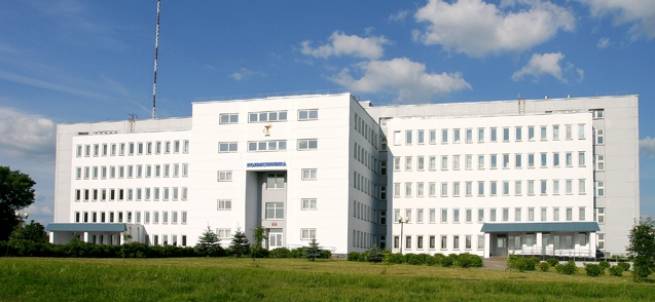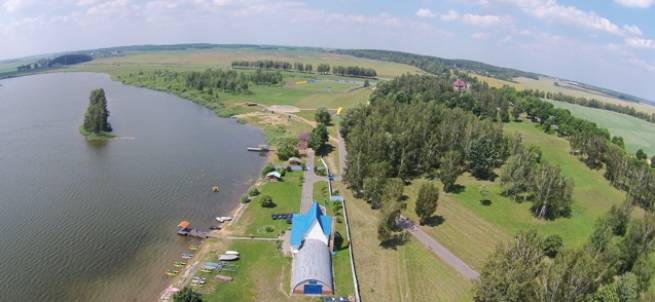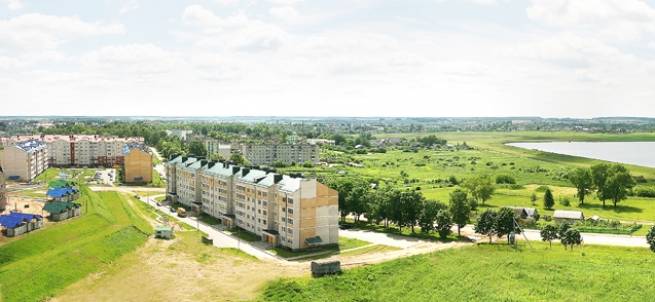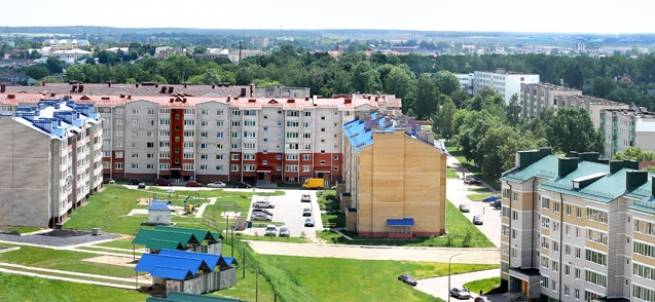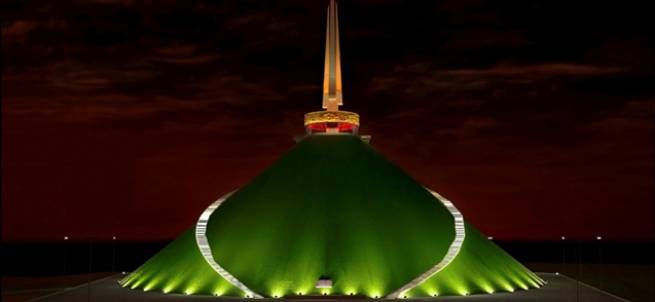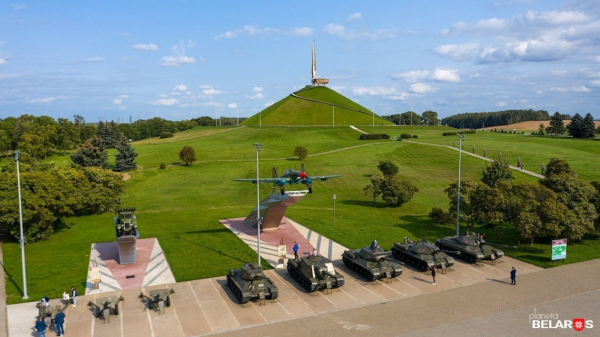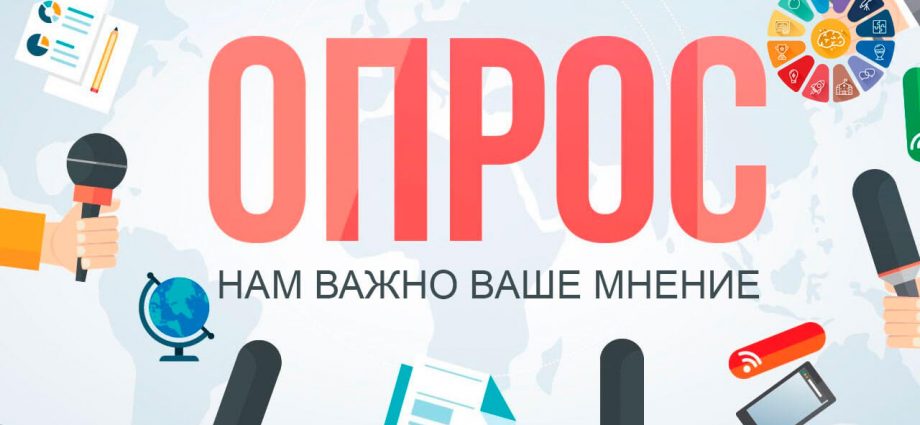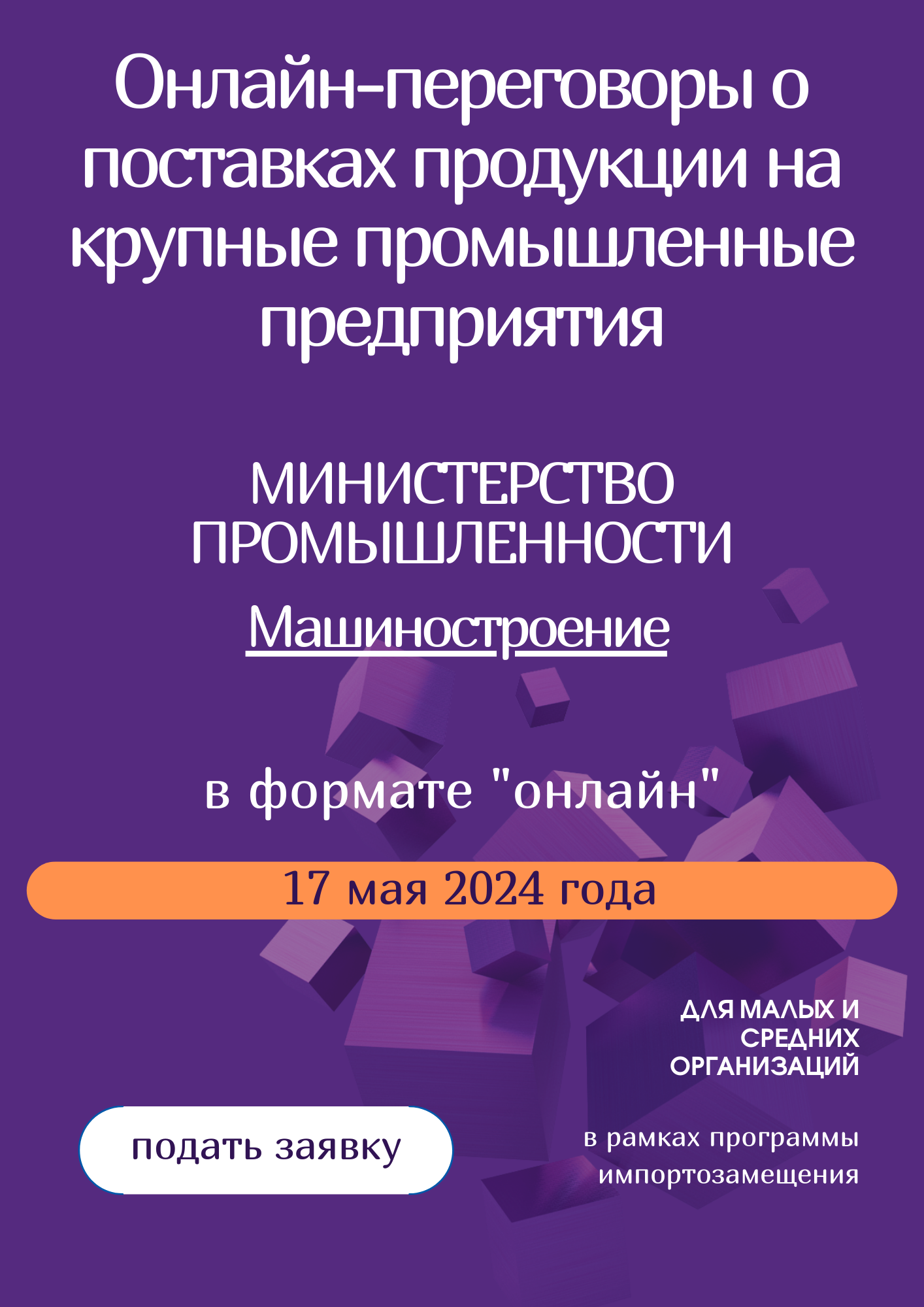ADDRESS:
222201, Minsk region,
Smolevichi, st. Sovetskaya, 125 (working hours)
Reception phone: +375 (1776) 4-42-91 "hot line"
Fax: +375 (1776) 2-76-33
Telephone "hot line" of the district executive committee: +375 (1776) 4-42-91 "hot line"
The "hot line" of the Municipal Unitary Enterprise "Smolevichskoe Housing and Public Utilities" is open from 8.00 to 13.00 and 14.00 to 17.00 Monday-Friday by phone +375 (1776) 2-73-68
Single number of reference service "one window" - 142
E-MAIL: isp@smolevichi.gov.by (for business correspondence), the section "Electronic Appeals" for appeals from citizens and legal entities.
Super User
Belenergo talks about broader use of electricity in Belarus
First Deputy Director General, Chief Engineer of the Belarusian national energy company Belenergo Vladimir Bobrov talked about prospects of expanding the use of electricity for heating, hot water supply, and cooking in BelTA's press center on 25 May.

According to the source, it takes about 1.5 years to reconstruct the power grid in an area. Design work has to be done first. It is followed by the completion of all administrative procedures. Then construction and installation work begins to replace wires and reinforce bearing structures. Residents of populated localities where access to central heating and gas mains is unavailable are polled to find out their interest in using electricity for heating, hot water supply, and cooking. Results of the poll are taken into account in the course of designing the power grid. Power grids are built and reconstructed without focusing on using electricity for heating, hot water supply, and cooking in places where access to central heating and gas mains is available.
According to the Belenergo representative, the company is also asked to reconstruct power grids in areas where power lines are in quite a good shape and where there are people, who are interested in using electricity for heating, hot water supply, and cooking. Legislation has been drafted to address the issue and is going through reconciliation procedures. The legislation will allow citizens, who are interested in getting their power grids reconstructed, to contribute financially to the reconstruction work. A similar approach is used for building gas mains, the official noted.
Belarus have made a good start at the 2021 European Shooting Championships in Osijek, Croatia by securing two gold, three silver and one bronze medals, BelTA learned from the press service of the National Olympic Committee of Belarus.

Ivan Kazak, Uladzislau Dzemesh and Mikita Kavalionak claimed the Air Pistol Team Junior gold.
Aliaksandra Piatrova and Uladzislau Dzemesh clinched gold in the 10m Air Pistol Mixed Team Junior. Second was Italy, followed by Belarus' Vasilisa Naumava and Ivan Kazak.
Vasilisa Naumava and Ivan Kazak claimed silver in the 10m Air Pistol Men and Women Junior events.
The tournament is underway through 6 June.
Spring sowing nearing completion in Belarus
Spring crops in Belarus have been sown on 2.3 million hectares, which is 94.1% of the target area, BelTA learned from the Belarusian Agriculture and Food Ministry.

As of 24 May, spring cereals and leguminous crops (including corn, buckwheat, and millet) were planted on the area of 1.087 million hectares (100.9% of the plan).
The sowing of sugar beet and spring rapeseed has been completed. The sowing of flax is in progress only in Vitebsk Oblast where 41,700 hectares or 97.9% of the area designated for this crop has been planted.
The sowing of the following crops is nearing completion: corn (1,016,000 hectares, or 89.8% of the area), vegetables (4,220 hectares, or 91.7%), annual grasses (253,800 hectares, or 83.1%).
Work is underway to sow buckwheat (22,000 hectares, or 72.7%) and millet (3,810 hectares, or 55.2%).
The total area of spring crops in Belarus this year is estimated at almost 2.5 million hectares.
Belarus takes seven awards at Beginner Farmer business game
Belarusian youth teams won seven diplomas at the international business game Beginner Farmer that wrapped up in Moscow Oblast, Russia on 20 May, head of the Belarusian delegation, Second Secretary of the Central Committee of the BRSM Youth Union Aleksandr Prokhorov told BelTA

“The event brought together around 200 young people from Russia. Armenia, Azerbaijan, Belarus, Germany, Kazakhstan, and Kyrgyzstan – a total of 34 teams. We are happy to inform that seven out of ten Belarusian teams that had qualified for the final won awards,” Aleksandr Prokhorov said.
The teams of the secondary school of the village of Vistychi in Brest District and the gymnasium of Kletsk were awarded diplomas among teams of students of secondary schools.
In the category for teams of students of vocational agricultural educational institutions, diplomas were presented to the teams of Lobanok Maryina Gorka Agrarian Technical College and Glubokoye State Vocational Lyceum.
The team of Grodno State Agricultural University clinched a diploma in the category for teams of undergraduate and postgraduate students of higher education institutions.
The team of the Gomelpromstroi company and Nikolai Mozol, a representative of the club of young people with disabilities of Mikashevichi, were among the winners in the category for young people with farming experience.
The BRSM Youth Union received a note of acknowledgement from the Russian State Duma Committee on Agrarian Affairs for its active involvement in civil and patriotic education of the youth and the organization of the national round of the Beginner Farmer business game.
The organizer of the national stage of the game in Belarus is the BRSM with the support from the Belarusian Agriculture and Food Ministry. The final is organized by the Russian Union of Rural Youth.
The international business game Beginner Farmer has been held by the Russian Union of Rural Youth for seven years and has already brought together more than 10,000 people. Its main goal is to find and support talented young people who are involved in the development and implementation of business projects to advance agriculture. This year's event was the first international edition of the business game.

The current five-year plan prioritizes innovative and regional development, Deputy Economy Minister Anzhelika Nikitina said as she visited Francisk Skorina Gomel State University and the Belarusian State University of Transport, BelTA learned from the press service of the Economy Ministry.
The Economy Ministry continues a series of lectures at Belarus' higher learning institutions timed to the upcoming 100th anniversary of the economic bodies of Belarus. Anzhelika Nikitina visited the universities and told teachers, staff and students about the history of the country's economic bodies, their contribution to the national economy, as well as the future objectives.
In an interview with reporters, the deputy minister explained: “In the current five-year plan, we are focusing, firstly, on innovative development, the promotion of innovative industries - electrical engineering, robotics, pharmaceutics, IT technologies. We must become a high-tech innovative country, especially in the manufacturing industry. The second area of focus is regional development. At the latest Belarusian People's Congress, the head of state named the localities that will receive a bigger focus – these are oblast capitals, towns with a population of 80,000 people or more, Minsk satellite towns, communities with a high unemployment rate. We should deal with the regional development issues on a case-by-case basis, including the districts of Gomel Oblast.
SITE DEVELOPMENT - UE «MINSKAYA VOLNA» | INFORMATION SUPPORT UE Information agency «MINSKAYA PRAVDA»








